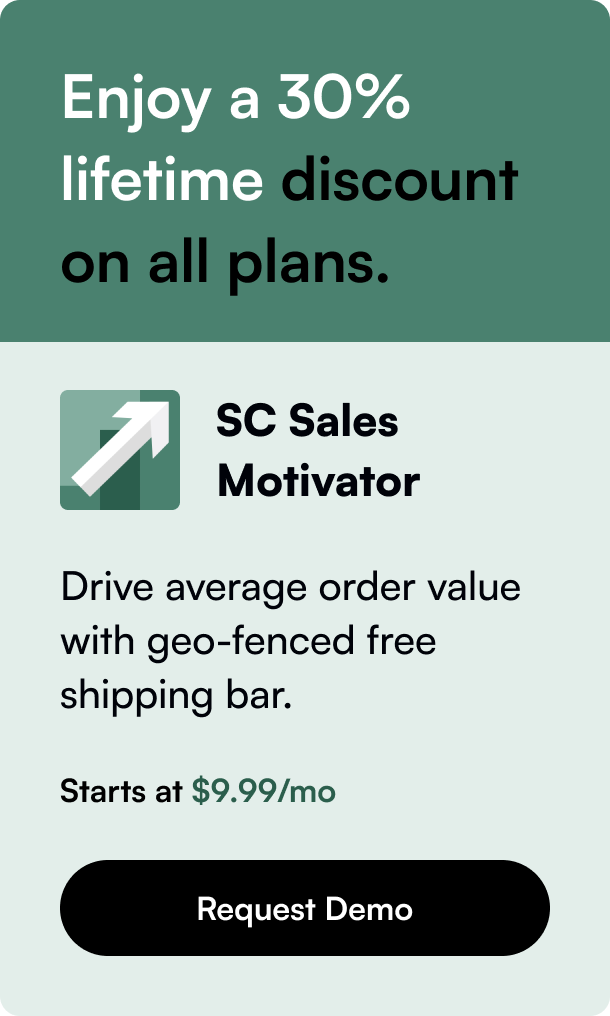Table of Contents
- Introduction
- Why A/B Testing is Essential for Shopify Stores
- Implementing A/B Testing on Shopify: A Step-by-Step Guide
- FAQs about A/B Testing on Shopify
Introduction
Imagine you've just launched your Shopify store, stocked with carefully curated products and designed to mirror your brand aesthetic perfectly. Yet, weeks in, the anticipated floods of orders are more of a trickle. What if there was a way to unlock the full potential of your e-commerce site, turning browsers into enthusiastic buyers? Welcome to the world of A/B testing on Shopify, a powerful strategy that could be the key to maximizing your online store's performance. This blog post will delve into how A/B testing can revolutionize your approach, ensuring your Shopify store not just survives but thrives in the competitive digital marketplace.
A/B testing, sometimes referred to as split testing, is an invaluable tool in the e-commerce arsenal, enabling you to make data-backed decisions about your online store. By comparing two versions of a web page, email, or other digital assets to see which one performs better in terms of customer behavior, you can incrementally improve your site's effectiveness. This guide will explore how to conduct A/B testing on Shopify, from the basics to best practices, ensuring you have the knowledge to optimize your website for maximum sales and engagement.
Why A/B Testing is Essential for Shopify Stores
In the digital age, the smallest details can significantly impact your e-commerce success. Something as simple as the color of a "Buy Now" button or the phrasing of a product description can influence purchasing decisions. A/B testing empowers you to understand these nuances, transforming guesswork into strategy.
The Power of Incremental Improvements
One of A/B testing's most compelling aspects is its focus on incremental improvements. Even minor changes, tested and proven through A/B testing, can lead to significant gains over time. These enhancements compound, leading to improved user experiences, higher conversion rates, and ultimately, more sales.
Making Data-Driven Decisions
By leveraging A/B testing on your Shopify site, you move from conjecture to clarity. Instead of relying on hunches about what might appeal to your audience, A/B testing provides concrete data on what truly resonates with them. This method fosters a culture of continuous improvement and innovation, keeping your store at the cutting edge of e-commerce trends.
Implementing A/B Testing on Shopify: A Step-by-Step Guide
Embarking on A/B testing might seem daunting, but by breaking it down into manageable steps, you can seamlessly integrate it into your Shopify optimization strategy.
Identify Your Testing Goals
Before diving in, clearly define what you aim to achieve with your A/B tests. Are you looking to boost product page conversions, decrease cart abandonment rates, or increase newsletter sign-ups? Setting specific, measurable objectives guides your testing efforts and helps you assess success more effectively.
Choose What to Test
From webpage layouts and product images to call-to-action buttons and header tags, the possibilities are vast. Prioritize changes based on your goals, potential impact, and ease of implementation. Remember, the key is to test one variable at a time to isolate its effect on your outcomes accurately.
Create Your Variants
Using Shopify apps or A/B testing tools, create two versions of your chosen element – the control (version A) and the variation (version B). Ensure that the differences are clear, yet both versions align with your overall brand aesthetic and messaging.
Run the Test
Deploy your A/B test, directing equal portions of traffic to each variant. Tools integrated with Shopify, like Google Optimize or Optimizely, can automate this process, ensuring a statistically significant sample size and accurate results.
Analyze the Results
After running the test for a predetermined period, analyze the data to determine which variant achieved your objectives. Look beyond just the primary goal; delve into secondary metrics that could offer additional insights into user behavior and preferences.
Iterate and Optimize
With the results in hand, implement the winning variant on your Shopify store. But don't stop there – use these findings as a springboard for further tests, creating a cycle of perpetual optimization. Each test builds on the last, gradually elevating your store's performance.
FAQs about A/B Testing on Shopify
Q: How long should I run an A/B test? A: To achieve reliable results, run your test for at least two to four weeks, ensuring you capture a full cycle of customer behavior.
Q: Can A/B testing negatively affect my SEO? A: No, if done correctly. Ensure that search engines can crawl both variants, and use 302 (temporary) rather than 301 (permanent) redirects to avoid any negative SEO impact.
Q: How much traffic do I need for effective A/B testing? A: While there's no one-size-fits-all answer, having at least 1,000 visits to the page you're testing over the test duration is a good rule of thumb to start with.
Q: Should I test major changes or minor tweaks? A: Both have their place. While sweeping changes can yield dramatic insights, don't underestimate the power of subtle tweaks to drive incremental improvements.
In conclusion, A/B testing on Shopify is not just a tactic but a transformative strategy for e-commerce success. Through meticulous testing, analysis, and iteration, you can unveil hidden insights into what makes your audience click – quite literally. Embrace A/B testing as an essential component of your Shopify optimization efforts, and watch as your store leaps from strength to strength, securing its position in the bustling digital marketplace.








